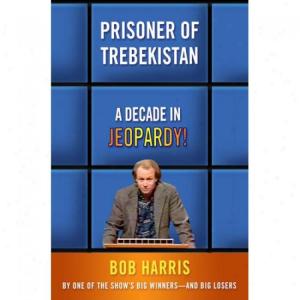I found the lovely banner above at runningnreading.com
Kim at Sophisticated Dorkiness is hosting week 1 of this years “Nonfiction November” The topic this week is our “Year in Nonfiction,” where participants answer the following questions. So here goes…
What was your favorite nonfiction read of the year?
Actually, my answer to this and the next question would be the same, so here I’ll mention that my 2nd most favorite nonfiction read of the year was. “Prisoner of Trebekistan” by Bob Harris, a chronicle of his time appearing on the show, Jeopardy!, returning for the tournament of champions and one other special tournament. It was a really fun read, and written by someone who shows himself “warts and all” and doesn’t take himself that seriously. If you watch the show but don’t remember that name, try googling Bob Harris Jeopardy. I bet you’ll recognize him. I read this book in Feb-Mar as I was “preparing” for an in-person audition for Jeopardy in Chicago. I’m now in the contestant pool (which is probably 10 times larger than the number of people they need) but haven’t gotten a call so far. One guy I auditioned with was on last week and actually won 3 games.
What nonfiction book have you recommended the most?
“Deep Down Dark” by Hector Tobar. It’s the story of the 33 Chilean miners who were trapped underground for 69 days a few years ago. Coincidentally, a film version of the book is coming out next week I think. It’s called “The 33” if I’m not mistaken. Anyway, the book was a great read. Even though I knew the outcome, I was still on the edge of my seat for most of it.
What is one topic or type of nonfiction you haven’t read enough of yet?
I want to read more scientific books for some reason. I have a fair background in science, but there are vast areas of it I haven’t yet explored. Also on my to do list is reading more about the history of my state (Indiana). 2016 is our Bicentennial year so I want to “participate” by reading and learning more about it. 🙂
What are you hoping to get out of participating in Nonfiction November?
I’d hope to connect with some new book blogging colleagues that I end up following (and vise-versa of course!) as happened last year. I always feel like I don’t pay enough attention to my nonfiction reading (is it just because it’s “easier” to read fiction and I’m lazy? Maybe…)
Anyway, that’s it for the first round. What are you doing for Nonfiction November??














